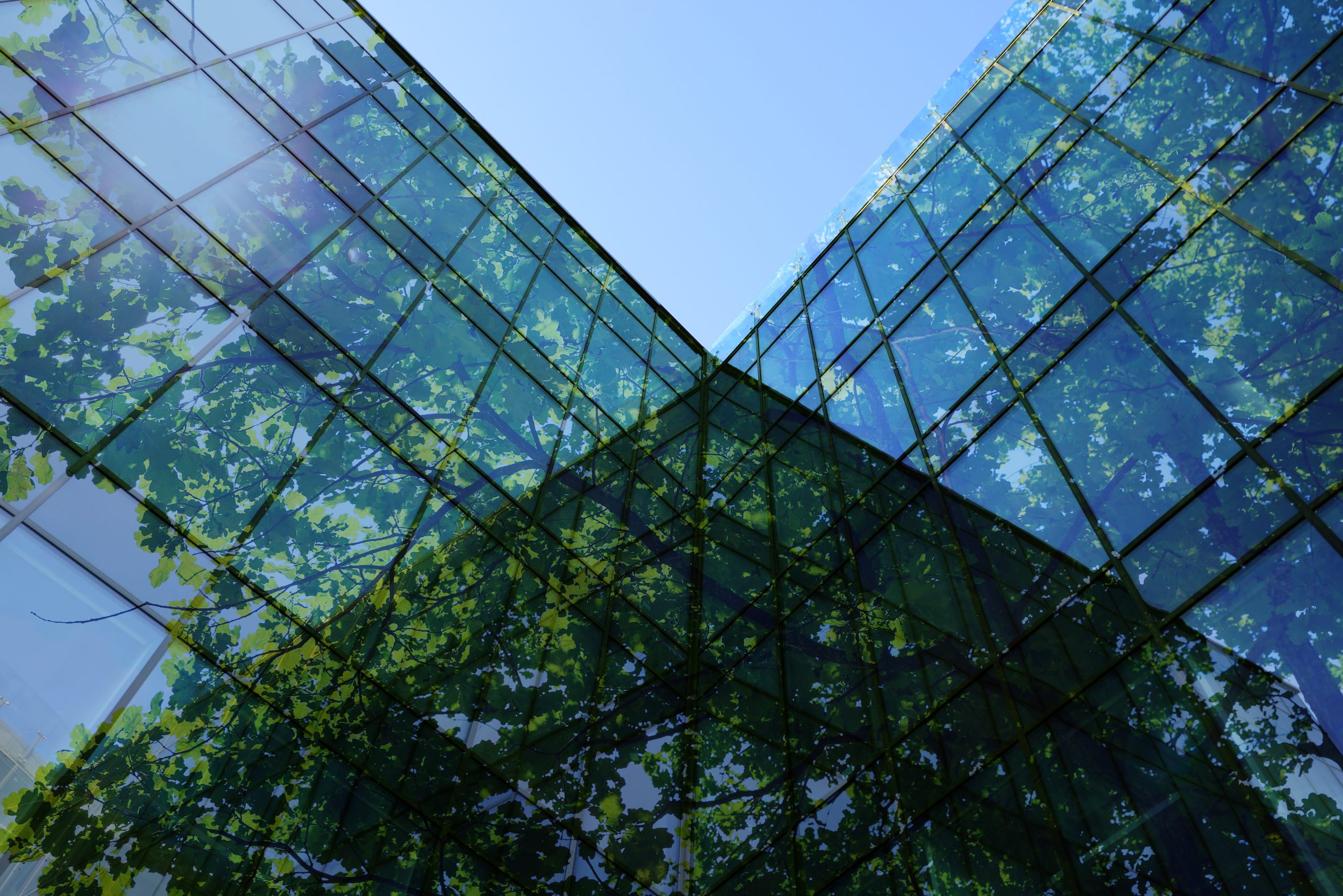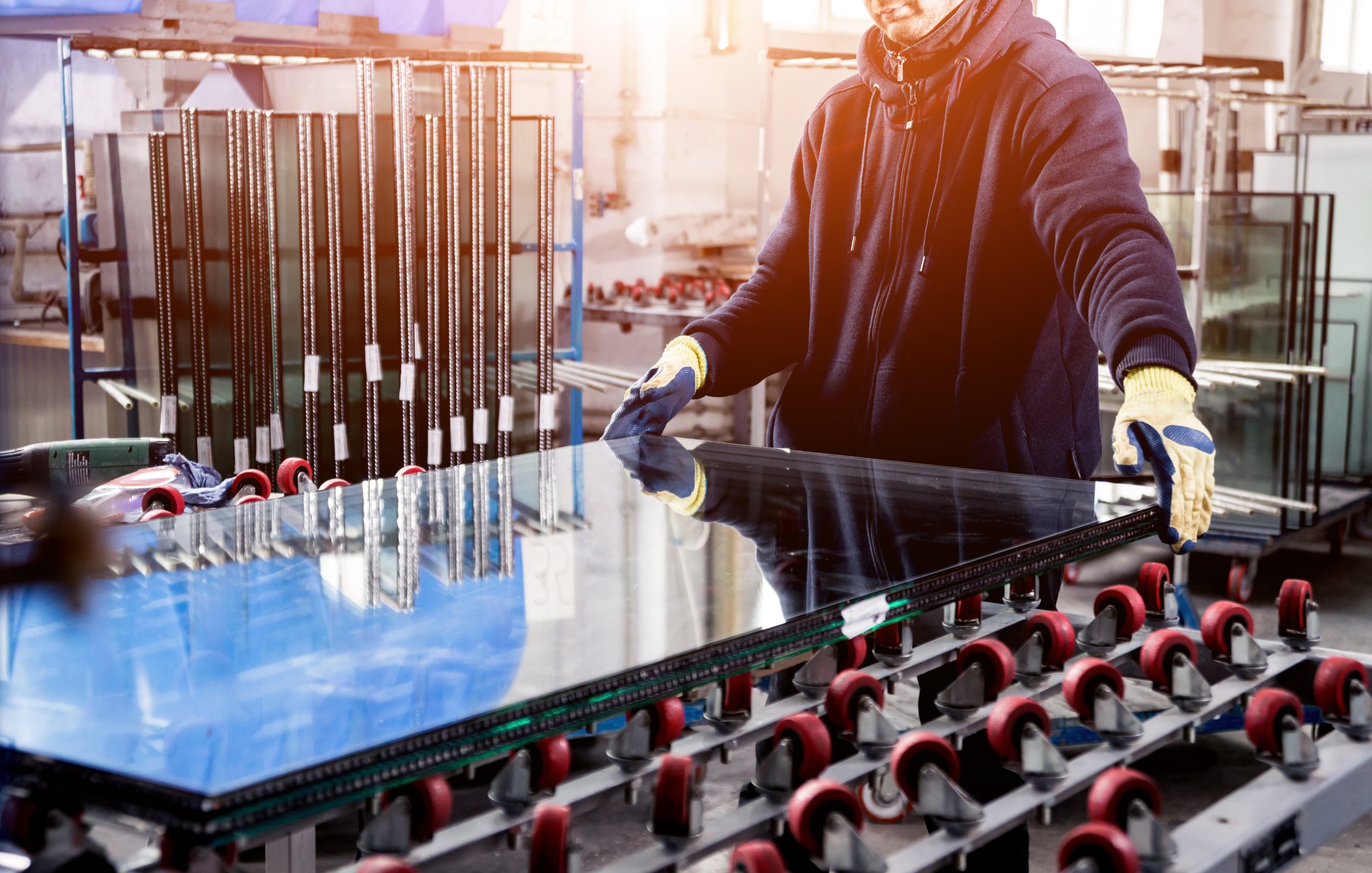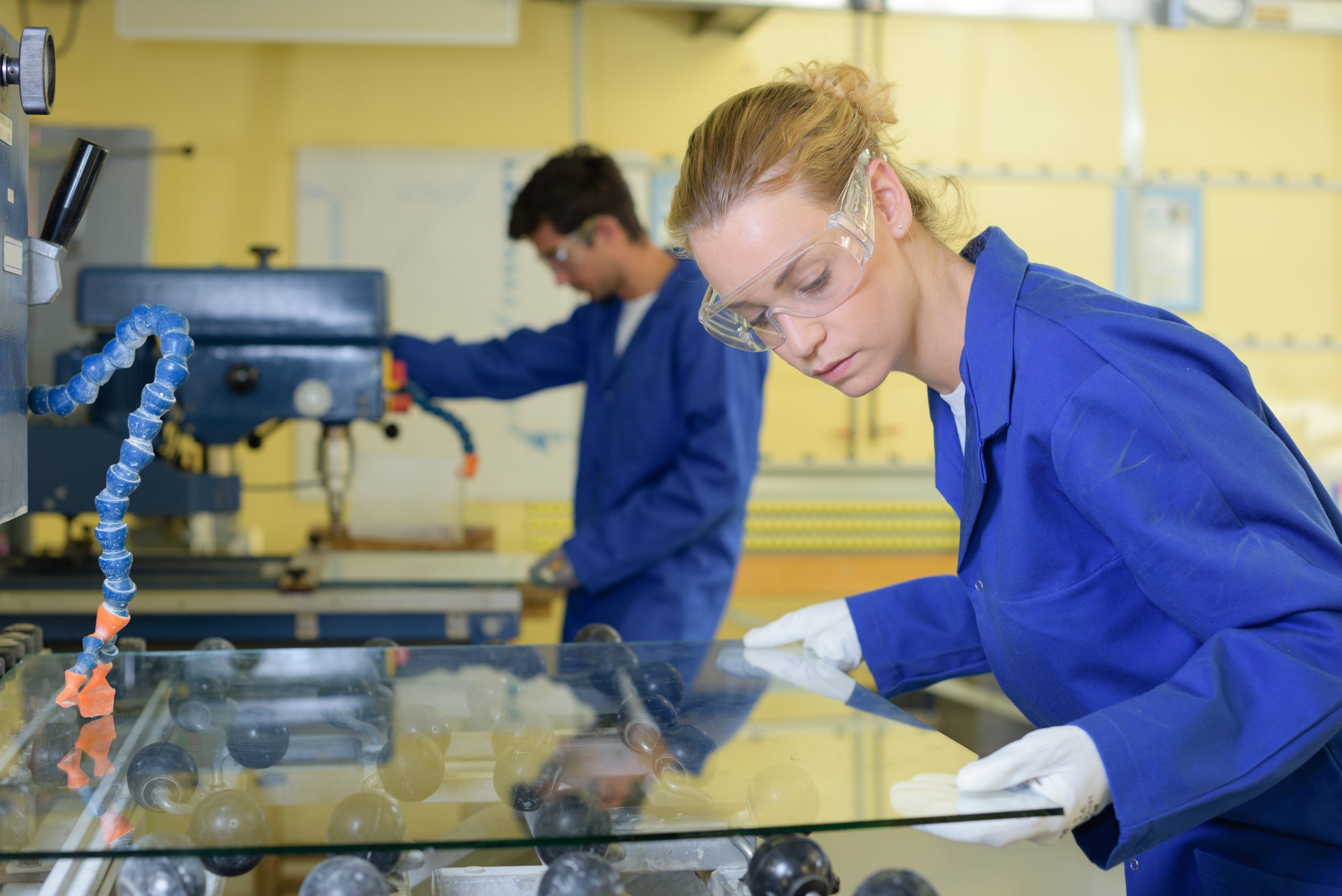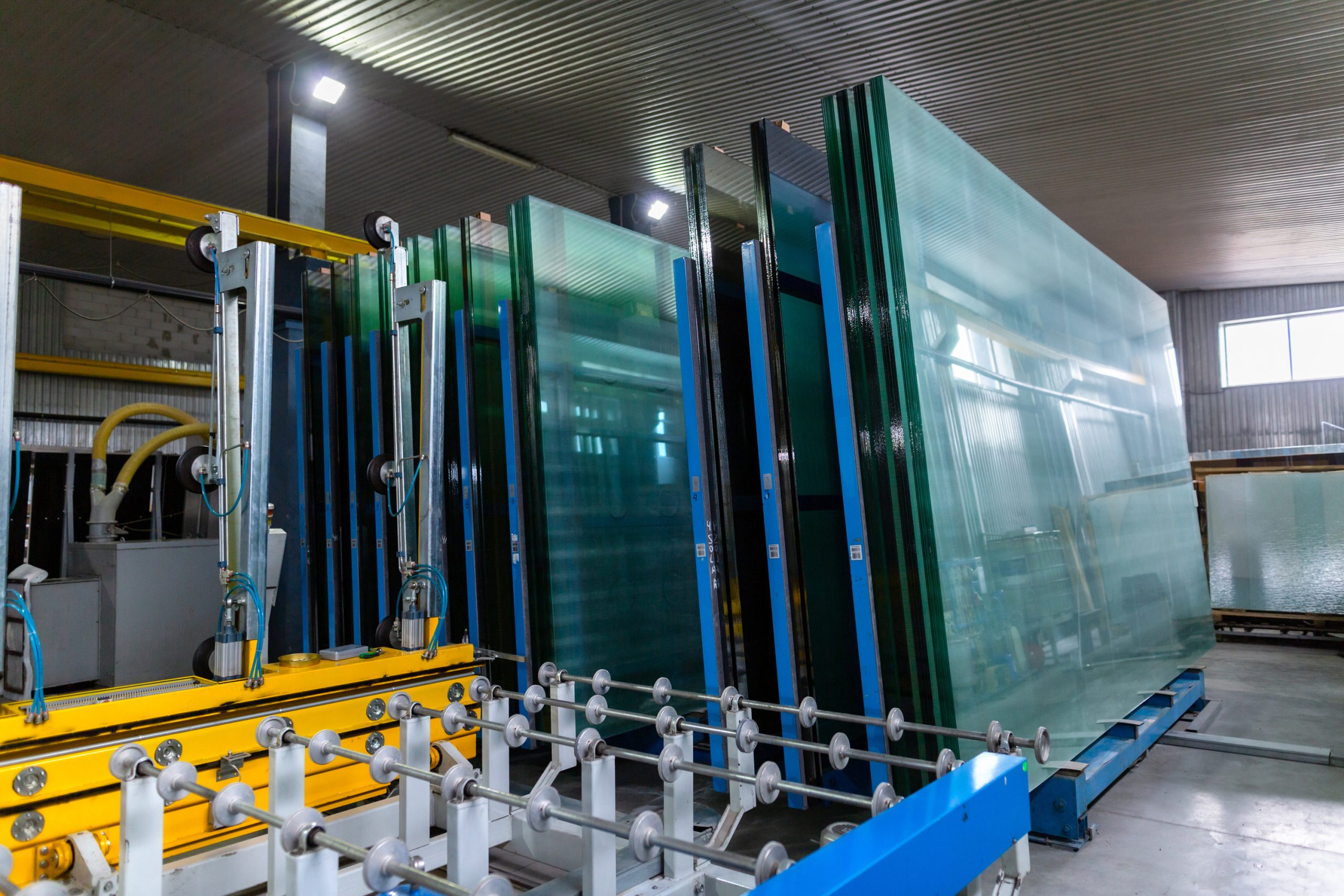Sustainability has emerged as one of the most significant driving forces in the UK construction and materials sectors. No longer viewed as an optional trend, it now represents a core business imperative, one that is influencing everything from material selection and product design to manufacturing methods and supply chain operations. In the architectural and structural glass industry specifically, the move toward sustainable practices is accelerating rapidly, with a concentrated effort on implementing circular economy principles and driving substantial reductions in carbon dioxide (CO₂) emissions.
Sustainability in Glass Design and Fabrication
Glass is widely celebrated for its versatility in modern architecture. Through its ability to transmit natural light, create a feeling of spaciousness, and provide unique aesthetic characteristics, it maintains a central role in both contemporary and classic design. Despite these attributes, the sector faces significant challenges stemming from the environmental impacts associated with traditional glass production. This process is highly energy-intensive, relying on the extraction and melting of raw materials like sand, soda ash, and limestone at extremely high temperatures. As demand for glass increases globally, so do concerns about the use of fossil fuels, greenhouse gas emissions, and end-of-life waste.
Today, the industry as a whole is focusing on improving sustainability across the glass lifecycle. This means not only addressing the significant emissions generated during manufacture, but also factoring in waste minimisation, improved recyclability, and extending product longevity. Manufacturers, architects, and contractors are increasingly seeking glass solutions that meet both functional and aesthetic objectives while adhering to rigorous environmental standards.
Circular Economy Principles Shaping the Glass Sector
A circular economy is a systemic approach aimed at eliminating waste and maximising the continued use of resources. Rather than adhering to the traditional ‘take-make-dispose’ model, its core principles include designing materials and products for durability, reparability, and eventual recycling or reuse. For the glass industry, this approach is transforming every phase of the value chain.
Designing with the circular economy in mind requires a holistic perspective. Increasingly, glass products are engineered to contain higher percentages of recycled content, which reduces demand for virgin raw materials and the associated environmental impacts of extraction and processing. Furthermore, design for disassembly enables building components to be easily separated at the end of their useful life. When a façade or interior partition is renovated or replaced, for example, the glass can be removed intact, sorted by type, and reprocessed, ensuring value is maintained and landfill waste is minimised.
In parallel, collaboration across the industry is facilitating greater transparency and accountability. Supply chains are being scrutinised to ensure the origin and composition of raw materials meet strict environmental benchmarks. Manufacturers are forming partnerships with recyclers and waste management firms, creating networks that facilitate the efficient reuse of used glass in production cycles. These collaborations also pave the way for improved tracking of recycled content and more effective end-of-life material recovery.
Such practices not only support ecological aims but bolster resilience within the sector. Given the volatility and scarcity of certain raw materials, adopting a circular economy model helps secure more stable and sustainable resource flows. In addition, the shift toward these principles aligns with growing regulatory pressures and the appetite among clients and architects for products with strong environmental credentials, such as those required for leading green building certifications.
Leading Efforts in CO₂ Reduction
Central to the sustainability agenda is the target of reducing CO₂ emissions throughout the glass lifecycle. Traditional glass manufacturing remains energy-intensive, with the majority of process emissions generated from the melting of raw materials in high-temperature furnaces, often powered by fossil fuels. In response, the sector is investing in advanced manufacturing technologies that enhance energy efficiency and, wherever possible, integrate cleaner energy sources, such as electricity from renewable sources.
Furthermore, ongoing research is driving the development of new glass types and treatments that not only reduce the energy required for production but also enhance building performance. High-performance architectural glazing, for example, can dramatically increase the thermal efficiency of buildings, reducing the need for heating and cooling and thereby lowering operational carbon emissions over the structure’s lifetime.
Some manufacturers and stakeholders are pursuing strategies such as carbon offsetting or carbon capture and storage, recognising that a combination of production efficiency and innovation is required to move meaningfully toward net-zero targets.
Industry Outlook and the Path Forward
As sustainability expectations transform the construction landscape, the glass industry is evolving in response. The integration of circular economy principles and a concerted effort to reduce CO₂ emissions are now shaping new standards, practices, and innovations. There is an industry-wide recognition that these efforts are not just about regulatory compliance or client demand, but about building the resilience and credibility needed to thrive in a changing world.
Glasstec’s Commitment
Sustainability is reshaping how buildings are designed. At Glasstec, we work with architects to create glass solutions that balance performance, aesthetics, and environmental responsibility.
We improve energy efficiency through high-performance glazing, use recycled materials, cut CO₂ in production, and design for durability and reuse. By embracing circular principles, we reduce waste and support a low-carbon built environment. Our aim is not only to meet today’s standards but to help shape a more sustainable future for glass and the built environment.








